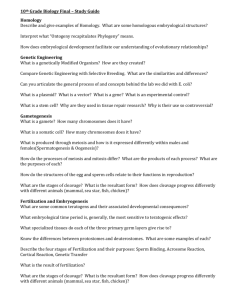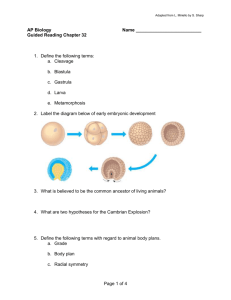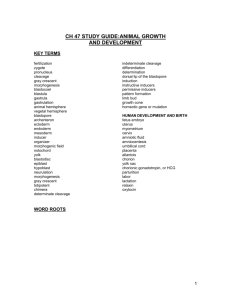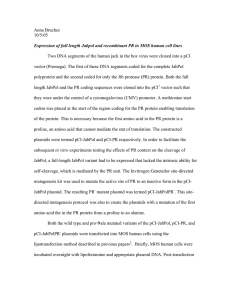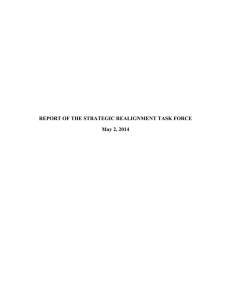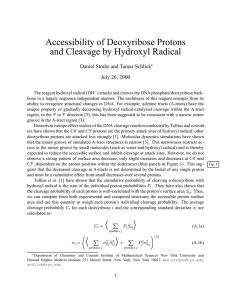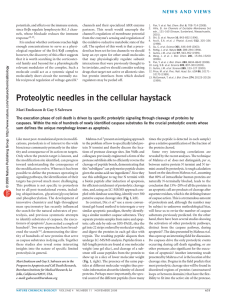James Sundquist's Theory of Partisan Realignment
advertisement
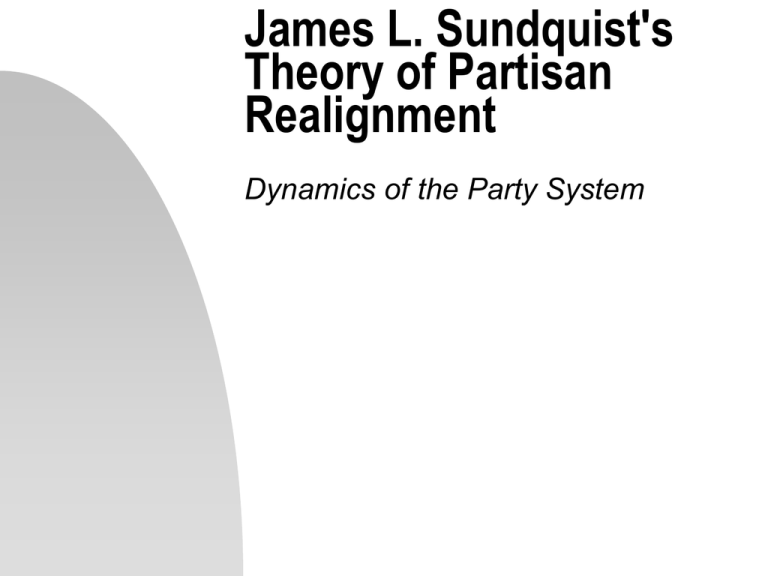
James L. Sundquist's Theory of Partisan Realignment Dynamics of the Party System A New Issue “A realignment is precipitated by the rise of a new political issue (or a cluster of related issues)” 1850s: slavery 1890s: economic hardship 1930s: economic hardship 1960s: race Cross-cutting Cleavage “To bring about a realignment, the new issue must be one that cuts across the existing line of party cleavage.” Progressive Conservative Party Party New cleavage line for new cross-cutting issue New Party 1 New Party 2 Old cleavage line Polarize the Community “To bring about a major realignment, the new issue must also be one powerful enough to dominate the community.” Race in the U.S. Economic Depression Combinations of race and economics (Weimar Republic) Issue Dramatization “The realigning issue must be one on which major political groups take distinct and opposing policy positions that are easily dramatized and understood.” Old Cleavage Fades “Whether a new issue becomes dominant depends not only on its intrinsic power but also on the extent to which the older issues underlying the party system have faded with the passage of time.” The New Deal in the second-half of the 20th Century Race in the 1990s Unequal Impact “A new issue is likely to have greater inherent appeal to the voters of one of the major parties and thus potentially a more disruptive effect on that party than on the other party.” This especially affects the out-ofpower party. Straddling “The normal response of both major parties at the outset is to straddle the new issue.” Slavery in the 1850s Abortion in the 1970s Congress is inherently a compromising body. The Issue vs. Electoral Success “Within each of the political parties, however, there form at each pole political groups that are more concerned with victory for their position on the new issue than with their party’s electoral success.” Zealots Opportunists Established political leaders in local areas Favorable Conditions “The polar forces coalesce most rapidly if the party out of power is the one with the greater predisposition toward an issue.” Abortion and Republican party pre1980 Democratic party in 1890s Democratic party in 1930s A Third Party “If both major parties persist in their straddle or come under the control of polar forces opposing change, then supporters of the new issue at some point form a third party.” Whigs and the Republican party The avoidance of the problem in the 1890s: The Populists and the Democratic Party

